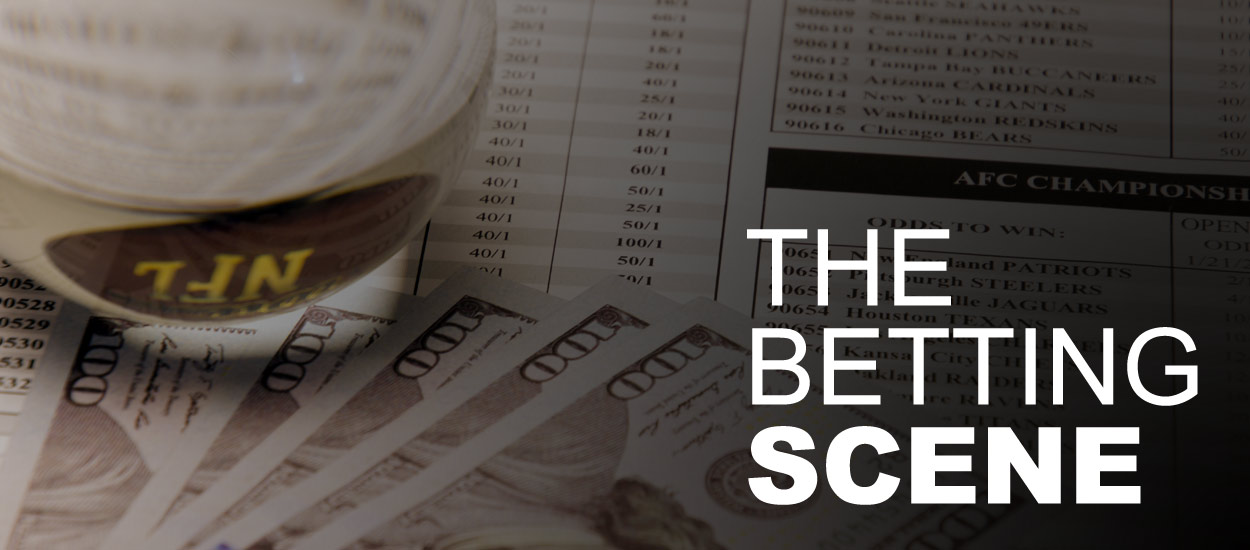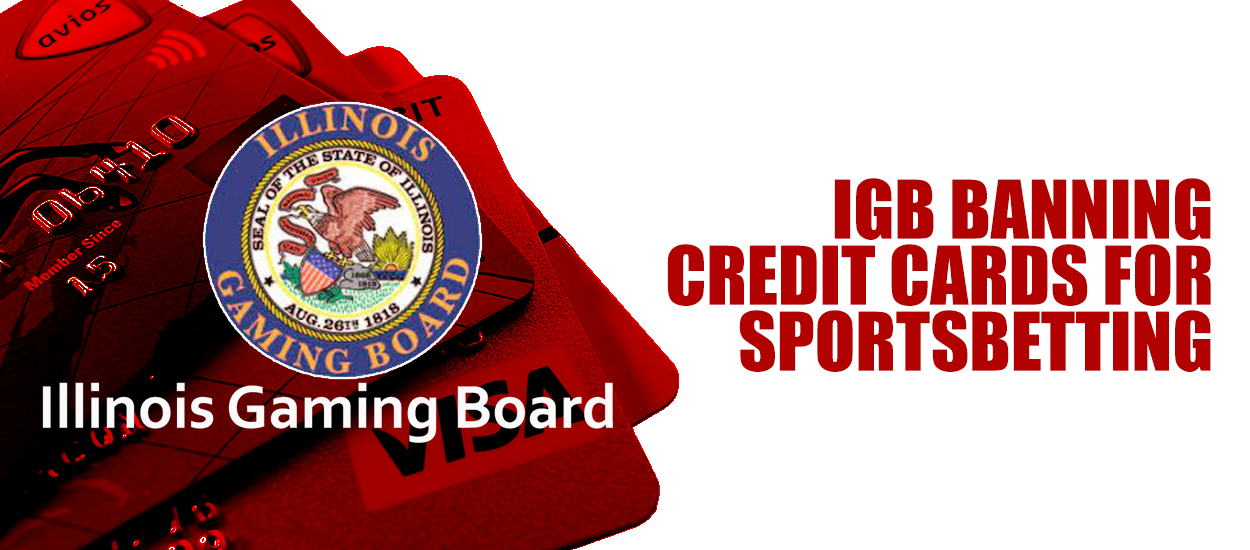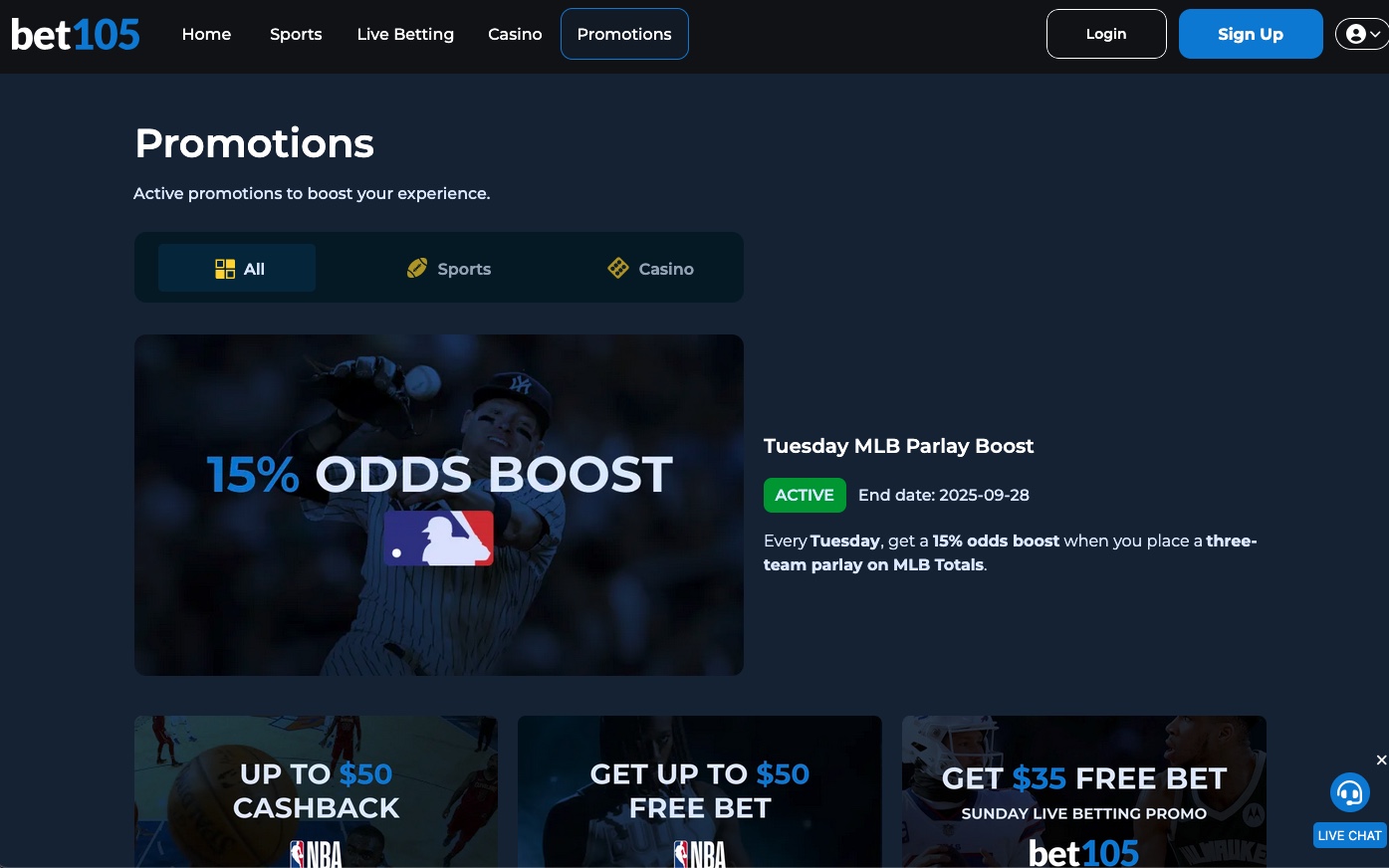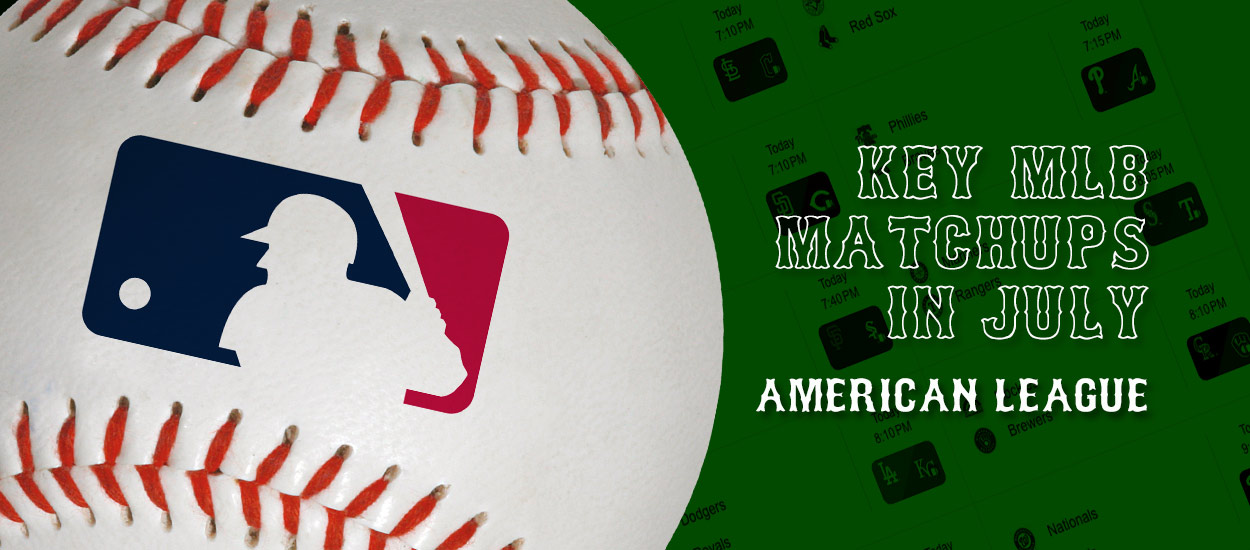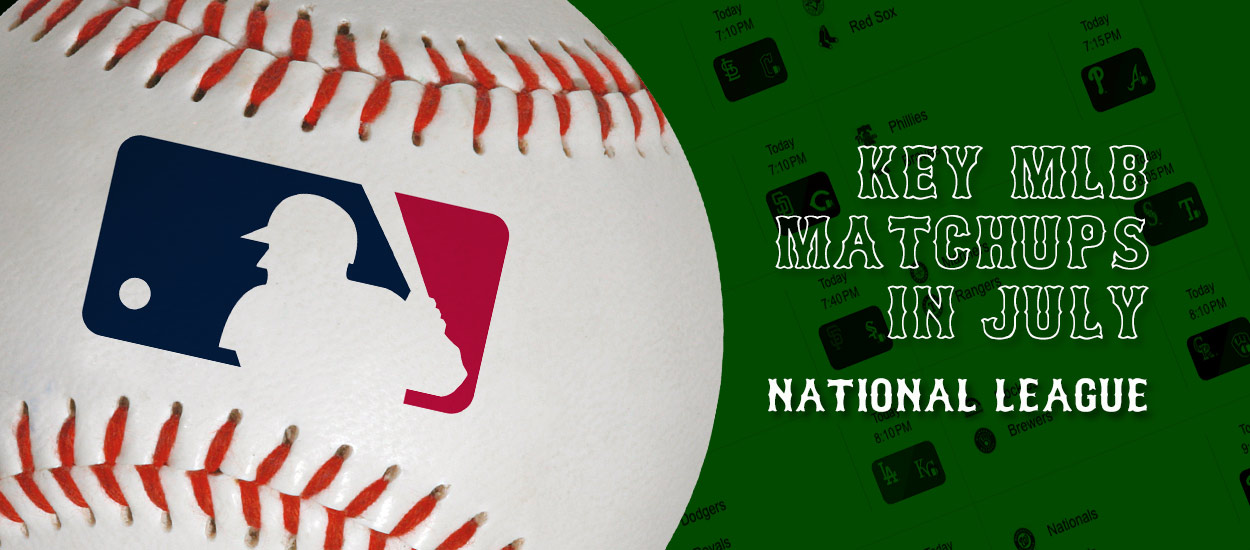Sporting a pencil-thin mustache and a quarantine beard, much like thousands of millennial sports bettors during the global pandemic, Jason Robins took part in a virtual opening bell-ringing ceremony on the morning of April 24 to toast DraftKings’ entry into the public market.
Since then, DraftKings has embarked on a meteoric rise, skyrocketing from just over $20 to $40 a share in recent sessions. A sizzling start, in which DraftKings’ shares have more than doubled since its April debut, augurs well not only for the company’s long-term viability but for publicly traded sports betting stocks in general.
Possessing characteristics that more closely resemble a tech stock than a European sports betting shop, DraftKings appeals to investors in it for the long haul. Roughly eight years to the day from when DraftKings launched operations in a spare room in co-founder Paul Liberman’s home in Watertown, Mass., the company began trading in April on the Nasdaq Global Select Market as a multi-billion dollar company.
“I am confident that the new DraftKings will progress our goal of offering the best, most innovative sports and gaming products to our customers,” Robins, the company’s CEO, said of the milestone.
Valuation methods for sports betting companies
Determining the valuation of a company is a highly subjective exercise that in many cases can lead to wildly disparate results. The valuation process within the U.S. sports betting market is complicated by the fact that the market is less than three years old. In DraftKings’ case, however, some of the company’s long-term projections provide a crystal ball for how the sports betting and Daily Fantasy Sports (DFS) leader could look over the next decade.
Draftkings traded Monday above $42 per share, giving the company a market capitalization in excess of $13 billion. Two days before Christmas last December, DraftKings announced a definitive business combination agreement with Diamond Eagle Acquisition Corp. and SBTech that valued the new company at approximately $3.3 billion.
DraftKings’ current market valuation is more than 15 times its projected 2021 revenue of about $700 million. Based on Friday’s closing price, DraftKings eclipsed the total market capitalization of The Madison Square Garden Company, Under Armour, and Macy’s Inc. combined.
Various methods used to value a sports betting operator
Estimate a company’s market share
Estimate EBITDA margin (Earnings before interest, taxes, depreciation, and amortization)
Estimate the future size of legalized sports betting market
Calculate enterprise value (EV) in the future
Estimate EV/EBITDA multiple
Estimate discount rate
Discount EV to the present (DraftKings appears to have discounted 2028 EBITDA back to 2020 at a 20% discount rate)
Capitalizing on tailwinds from the expansion of online sports betting and favorable regulatory developments, DraftKings may see explosive growth in the neighborhood of 40% annually, according to some analysts. More skeptical ones view the lofty targets as unrealistic. When questioning whether the Boston-based company is overvalued, the answer may not be determined before Tom Brady turns 50.
Despite the unprecedented disruptions brought by the coronavirus pandemic, DraftKings still produced mixed results over the first quarter. During the first three months of 2020, DraftKings captured a 32% share of the legal sports market in New Jersey, according to Irvine, Calif., gaming firm Eilers & Krejcik, putting it second only to FanDuel at 44%.
For the overall U.S. online market that currently exists, DraftKings maintained a 27% share over the fourth quarter of 2019, the boutique research firm found. That placed it again behind FanDuel, which controlled about 39% of the market.
Last month, DraftKings’ online sports betting handle topped $21 million in Pennsylvania, representing 28.1% of the state’s online market. Though DraftKings continues to trail FanDuel (38.2% market share) in the Keystone State, last month’s margin is the closest between the two rivals since the former launched in Pennsylvania in November. In Indiana, DraftKings’ share through Ameristar Casino last month accounted for more than 54% of the state’s $37 million handle.
The company reported net losses of $68.7 million, or 18 cents a share, in the first quarter, compared with losses of $29.6 million, or 8 cents a share, in the same period a year earlier. While DraftKings achieved net revenue of $323 million for the full year ended Dec. 31, 2019, net losses in several periods over the last two years have raised concerns about the company’s timeline for profitability.
In outlining its path to $1 billion in annual EBITDA, DraftKings assumes that about 65% of the U.S. population will eventually have access to legalized sports betting, while the company achieves a market share of approximately 25%. The company’s estimates are based on forecasts that online sports betting is legalized in states representing 24% of the current U.S. population, according to a January 2020 DraftKings investor presentation.
Over the next 12 months, DraftKings is likely to commence operations online in Tennessee, Virginia, and Michigan, according to Susquehanna analyst Joseph Stauff. There is also a decent likelihood that Ohio and the company’s home state of Massachusetts will become available markets, too. Those five states combine for a population of approximately 43.9 million Americans, according to U.S. census estimates.
By 2022, DraftKings is projected to take on a market share of 18.3%, according to estimates from Morgan Stanley, slightly above 2021 estimates of 17.1%. Under a base case proposed by Morgan Stanley, DraftKings will remain a top player in five years with a 20% market share and an EBITDA margin of 29%. Under a more bullish projection, DraftKings will hit $75 a share by 2025, while its EBITDA margin hovers around 34%. By then, DraftKings could take on an outsized share of a $22 billion sports betting and iGaming market, according to a research note from Morgan Stanley analyst Thomas Allen.
Quite often when a company goes on an IPO road show, such lofty figures can be pulled out of thin air. It is why certain presentations to institutional investors are pejoratively referred to as “dog and pony” shows. But when conducting a bottoms-up build of DraftKings, based on state-by-state progression and the company’s margin profile, Craig-Hallum analyst Ryan Sigdahl finds DraftKings likely to meet bullish projections of $4 billion in annual net revenue and $1 billion in EBITDA.
“I think they can get there in less than 10 years,” Sigdahl told Sports Handle.
Future projections of the market
By 2025, sports betting could become a $9 billion market, according to estimates from Bank of America Global Research, with the vast majority coming from mobile and online platforms. Over the subsequent five years, BofA projects that the Total Addressable Market (TAM) could swell to $15.1 billion in 2030, under the assumption that California, Texas, and Florida legalize sports gambling, while New York expands its legalization to allow the activity on mobile devices.
As of last July, those four crown jewels of the market among states had more than 109.3 million residents, representing nearly one-third of the nation’s population.
“Those four states could dictate whether this market ends up being double-digit billions or single-digit billions,” Bank of America Senior Research Analyst Shaun Kelley told Sports Handle.
Legislative developments in California on a bill proposing to authorize mobile and retail sports gambling at statewide tribal casinos and horse racetracks appear to have played a large factor in two double-digit moves by DraftKings earlier this month.
Based on an extrapolation of New Jersey gaming sentiment, the combined market for U.S. online sports betting and iGaming could ultimately reach $40 billion, DraftKings wrote in a January investor presentation. There’s an ocean of growth potential in the sports betting market, with a high probability that DraftKings will expand into numerous other states over the next two years, according to Susquehanna’s Stauff. The market is growing with the current, but there will be larger waves as companies enter new markets and states continue on the path of legalization, the analyst told Sports Handle.
On Monday, a report from Bloomberg News surfaced that the sponsor of the California sports betting bill, SCA 6, will pull the bill after encountering stiff tribal opposition. The decision means that a California referendum on sports gambling will not be held until November 2022 at the earliest.
While DraftKings hit a near-record at $43.75 per share, shares tumbled nearly 9% on the news, closing Monday’s session at $38.26 per share.
Comparisons with Flutter
Days after DraftKings went public, Flutter Entertainment Plc announced the completion of its $12.2 billion merger with The Stars Group under a deal that created the world’s largest online gaming company. Unlike DraftKings, Flutter has deep European ties with established brands such as Betfair, Paddy Power, and Sky Bet. Shortly after the Supreme Court’s historic PASPA decision, Paddy Power Betfair announced the acquisition of FanDuel in May 2018 in an effort to expand its footprint on U.S. soil. The deal gives the European conglomerate the option of increasing its stake in Fanduel to 80% by 2021 and to 100% by 2023.
Last March, Paddy Power Betfair rebranded as Flutter Entertainment to mark its entry into the U.S. market.
Earlier this month, DraftKings and Flutter represented the top two holdings of The Roundhill Sports Betting & iGaming ETF (ticker BETZ), the first rules-based index designed to track the performance of the online sports betting and iGaming markets. Within seven trading days of its trading debut in early June, the exchange-traded fund averaged inflows of $10 million per day, underscoring the enormous investor demand for sports betting stocks. While GAN Ltd., a U.K.-based internet gambling software provider, leapfrogged DraftKings as the fund’s top holding, DraftKings still represented 6.95% of the portfolio as of June 21.
A common method used to measure the value of a company’s stock compares its enterprise value with its ability to generate revenue or the Enterprise Value-to-Revenue (EV/R) multiple. A company’s enterprise value takes into account its market capitalization plus the market value of its debt, minus cash and cash equivalents. A quick snapshot into the finances of “Sportsbook Operator X” explains how revenue multiples are calculated.
Short-term liabilities of $20 million
Long-term liabilities of $30 million
Assets of $125 million, 10% of which are reported as cash
10 million shares of common stock at $17.50 per share
Annual revenue of $85 million
With an enterprise value around $212.5 million and revenue of $85 million, the company’s Enterprise Value-to-Revenue multiple in the scenario above is 2.5x ($215.5 million/$85 million). Another valuation method, the Enterprise Value-to-EBITDA (EV/EBITDA) multiple, substitutes revenue in favor of EBITDA in the denominator. DraftKings projected a 2020 EBITDA multiple of 9.9x, according to a December 2019 investor presentation, in comparison with a multiple of 10.1x for a group of select EU sportsbook operators.
Start-up companies with considerable hype, such as Amazon in the 1990s, typically prefer to use revenue multiples for valuation since it could be years before they generate substantial profits. In the same forecast, DraftKings projected a 2021 revenue multiple of 3.9x, below a 5.6x multiple for a group of high-growth internet stocks, but above a 2.4x multiple for the EU books. A low revenue multiple usually signals that a company is undervalued.
The multiple being assigned to DraftKings is much higher than the one assigned to Flutter, said Roundhill Investments CEO and co-founder Will Hershey. Flutter has a more complicated structure, Hershey explains, and is not getting the proper value for all of its assets. Flutter, he recommends, should explore how to meet listing requirements on a U.S. exchange. It is unclear if Flutter is considering the spinoff of U.S. assets such as FanDuel and FOX Bet for a potential IPO.
Another factor explaining the valuation discrepancy, according to Hershey, involves the euphoria surrounding the burgeoning U.S. market. Gambling has long been a staple of the English sporting landscape. Betting parlors line the streets of London, as football parlays are as ubiquitous as Guinness. In 1934, bookmaker William Hill founded the eponymous company, less than a decade after Great Britain legalized greyhound racing.
For investors in the U.K., sports betting is not a new concept to them.
“It’s not the new shiny object like it is to U.S. investors,” Hershey told Sports Handle.
Pure play
DraftKings bills itself as the only “vertically integrated, pure-play,” sports betting and online gaming company in the U.S. Whereas Flutter and William Hill have considerable exposure to the European market, an investment into DraftKings serves as a pure-play on sports betting in North America. Others such as MGM Resorts International and Wynn Resorts have invested heavily in sports gambling, but they have a multitude of gaming assets, as well as properties in far-flung locations like Macau. With Flutter, if a major event transpires in Russia, it could impact Poker Stars, Eilers & Krejcik’s Chris Grove noted during a sports betting webinar June 16.
If you take the narrative perspective and think that investors are really looking for a way to pure play the US market, to pick a winner in the US market, I don’t think you have a lot of other options; arguably you have no other options besides DraftKings. So you’re seeing that demand flow disproportionately towards DraftKings. — Chris Grove, Eilers & Krejcik Gaming, Partner
There are other ways to look at a pure-play on a particular market. While Tesla does not have a monopoly on the automated vehicle market, it has distinguished itself as one of the only publicly traded companies whose primary focus is on the “future-relevant trend,” writes analyst Michael O’Mahony. A supplier that provides voice-activated software to control the air conditioning or sensors to assist a vehicle in avoiding a fallen limb is tangentially involved in the market, but is not a pure-play like Tesla.
As it pertains to sports betting, technology providers ranging from Kambi to Scientific Games, along with IGT and GAN, have received inclusion in the BETZ ETF, due to their pivotal role in the industry. For DraftKings, this is where SBTech enters the equation. Robins views DraftKings’ ownership of its own technology platform as a key differentiator, especially when it comes to in-play betting.
By leveraging SBTech’s technology, DraftKings can structure and commoditize certain odds, such as shot-by-shot betting on the PGA Tour, which the sportsbook offered for Tiger-Phil The Match II and this month’s Charles Schwab Challenge. Given the rapidity of in-game betting, customers don’t have the luxury to shop around for preferred odds. DraftKings’ technical expertise, along with its commercial relationships with numerous pro sports leagues, will allow the company to post a wider variety of in-game wagers than its competitors can offer, Robins said.
Prior to the completion of the merger, SBTech experienced a ransomware attack in March, DraftKings disclosed in a June 16 SEC filing.
DraftKings’ ability to cross-sell its sports betting experiences with its DFS and iGaming offerings will also help the company maintain and acquire customers as it enters new markets. In addition, the company’s sophisticated models can determine the time of day a player will most likely log onto a site, as well as their favorite teams in a respective sport, Robins said last month at The Cowen 48th Annual Technology, Media & Telecom Conference. At various sportsbooks, a New York Giants fan in the not too distant future may receive boosted bet promotions on Saquon Barkley’s rushing yard totals based on their proclivity for wagering on Big Blue.
DraftKings has not announced plans as yet to tailor promotions based on a bettor’s wagering activity.
Software stocks
The aforementioned tech companies such as GAN and Kambi resemble SaaS (software as a service) stocks as a broader trend, Hershey said. In some cases, higher earnings multiples are assigned to those companies over time, he notes, given their potential for recurring revenue in comparison with traditional sports betting stocks.
Stauff, meanwhile, suggests that since DraftKings is a “hyper growth” company that plans to reinvest all of its positive contributions back into the business to grow its user base, its valuation is similar to other hyper-growth software companies that are valued on a multiple of revenue.
The market implies a SaaS valuation metric, according to Stauff, where SaaS models are based on a cloud-based delivery of software. DraftKings’ valuation draws comparisons to Saas stocks with a 7x to 23x multiple range, including Zendesk, a San Francisco-based customer service software company, and Alteryx, an Irvine, Calif.,-based software company, whose products are used for data science and analytics. The Saas companies also have a projected Compound Annual Growth Rate (CAGR) of 25% to 35%.
Stauff’s $48 price target on DraftKings assumes a 13x revenue multiple on Susquehanna’s 2022 Net Gaming Revenue (NGR) estimate of $1.25 billion.
While it is fairly standard to value software companies on revenue multiples, one industry analyst noted that it is fair to question whether DraftKings should be mentioned in the same breath as those companies for valuation purposes. By applying revenue multiples from the hyper-growth companies, some analysts could foresee DraftKings and possibly FanDuel operating in a vacuum, judging by the margins and market share figures the analysts expect them to uphold.
Impact of COVID-19
Assuming the sporting events calendar resumes to a normal state by 2021, Robins does not anticipate that COVID-19 will have a material impact on the company’s fiscal year 2021 financial guidance or its long-term plans.
“I don’t think the long term will change,” Robins said at the Cowen virtual conference. “Assuming everything is normal, there is no reason to change previous numbers we’ve put out.”
Already, a few high net-worth investors are unloading some of their positions in response to the company’s hot start. DraftKings announced June 16 that it will commence an underwritten public offering of 33 million shares of its Class A common stock. Robins heads the list of prominent names offering to sell their shares, along with Madison Square Garden Executive Chairman and CEO James Dolan, Patriots owner Robert Kraft, NHL Enterprises, and Quantum Partners LP, an investment fund managed by Soros Fund Management LLC. DraftKings plans to use the proceeds from the offering for general corporate purposes.
DraftKings has since upsized the offering to a total size of $1.6 billion. The company will sell 16 million shares at $40 per share, while certain selling stockholders will sell 24 million shares at the same price. Among short-sellers, there has been a reversal of short sentiment in DraftKings, with shorted shares dropping by almost one-third over the last month, said Ihor Dusaniwsky, managing director at S3 Partners.
But for the week ended June 19, shorts built their exposure in the stock, with 743,000 shares shorted, as short-sellers now consider DraftKings overbought on a short-term basis, Dusaniwsky told Sports Handle.
By 2030, the overall market size variance may depend on a multitude of factors not limited to the pace of legalization, an accelerated push by state governments to use sports betting as a mechanism for curbing budget deficits and the ability of operators to recapture revenues from the black market. In turn, the factors may also play a large role determining DraftKings’ total share of the market. If DraftKings eventually joins forces with a top broadcast network, such as Bleacher Report or NBC Universal, it could enable the company to achieve even greater scalability.
Robins, to his credit, has been extremely conservative with forecasts of DraftKings’ market share over the next decade.
“Our hope is that as we continue to perform, investors believe we can do better,” Robins said. “But I think we have to prove that. We have to show that we can sustain that over time.”
This article is a reprint from SportsHandle.com. To view the original story and comment, click here.







